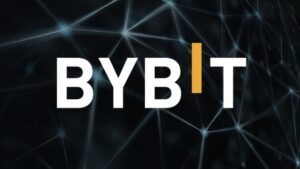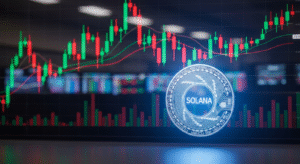SEC Digital Asset Regulation: Project Crypto and Token Taxonomy
Background on SEC Digital Asset Regulation
SEC digital asset regulation is evolving as the agency responds to the growth of cryptocurrencies and related technologies. On Wednesday, U.S. Securities and Exchange Commission Chair Paul Atkins delivered prepared remarks at the Federal Reserve Bank of Philadelphia, revealing details of the Commission’s “Project Crypto” initiative. This project aims to modernize the SEC’s approach to enforcement and oversight of digital asset fraud, incorporating both pending Congressional legislation and updated regulatory frameworks.
During his speech, Atkins highlighted the need to reconsider how digital assets are categorized and regulated. A core proposal is to establish a new “token taxonomy” anchored in the Howey Test, which is traditionally used to determine whether transactions qualify as investment contracts—thus being subject to securities laws. Atkins cited Commissioner Hester Peirce’s perspective, noting that while tokens may initially be tied to investment contracts, “those promises may not remain forever.” He added, “once the investment contract can be understood to have run its course, the token may continue to trade, but those trades are no longer ‘securities transactions’” (Reporting via Cointelegraph).
Project Crypto: Token Taxonomy and Exemptions
Atkins specified that the SEC under his leadership would differentiate between types of digital assets. Digital commodities, collectibles, tools, and network tokens would not be regulated as securities, whereas “tokenized securities” would remain under SEC jurisdiction. This clarification is intended to provide greater legal certainty for both market participants and regulators.
Additionally, Atkins discussed the possibility of a “tailored offering regime” for certain crypto assets, which is reflected in the legislation currently before Congress. He stated, “I hope that the Commission will also consider a package of exemptions to create a tailored offering regime for crypto assets that are part of or subject to an investment contract.” The move is expected to address ongoing legal ambiguities and help develop a regulatory environment that adapts to emergent technologies while protecting investors.
Congressional and Market Developments
The timing of these regulatory updates comes as Congress debates major cryptocurrency market structure bills. Although the U.S. government experienced a partial shutdown, the House is expected to approve a funding bill to keep government operations running through January. This would allow continued progress on financial policy, including digital asset regulation.
Meanwhile, Senate committees have been working on proposed market structure legislation. On Monday, the Senate Agriculture Committee’s Republican leadership released a discussion draft of the bill, suggesting momentum in bipartisan negotiations regarding the regulation and oversight of cryptocurrency markets.
These ongoing policy shifts and proposals highlight the SEC’s determination to keep its framework for digital asset regulation both current and flexible. Industry observers are expecting further regulatory clarity as Project Crypto continues to unfold and as Congress debates the relevant bills.
For deeper coverage of cryptocurrency topics, visit our dedicated category.
What’s Next for SEC Digital Asset Regulation?
SEC Chair Paul Atkins’s statements signal a proactive review of how digital assets are classified and regulated in the United States. The establishment of a token taxonomy and the possibility of creating tailored exemptions for certain crypto offerings could usher in new compliance requirements for market participants. The outcomes of ongoing Congressional debates and draft bills will also play a critical role in shaping the regulatory landscape for digital assets in the months ahead.


















